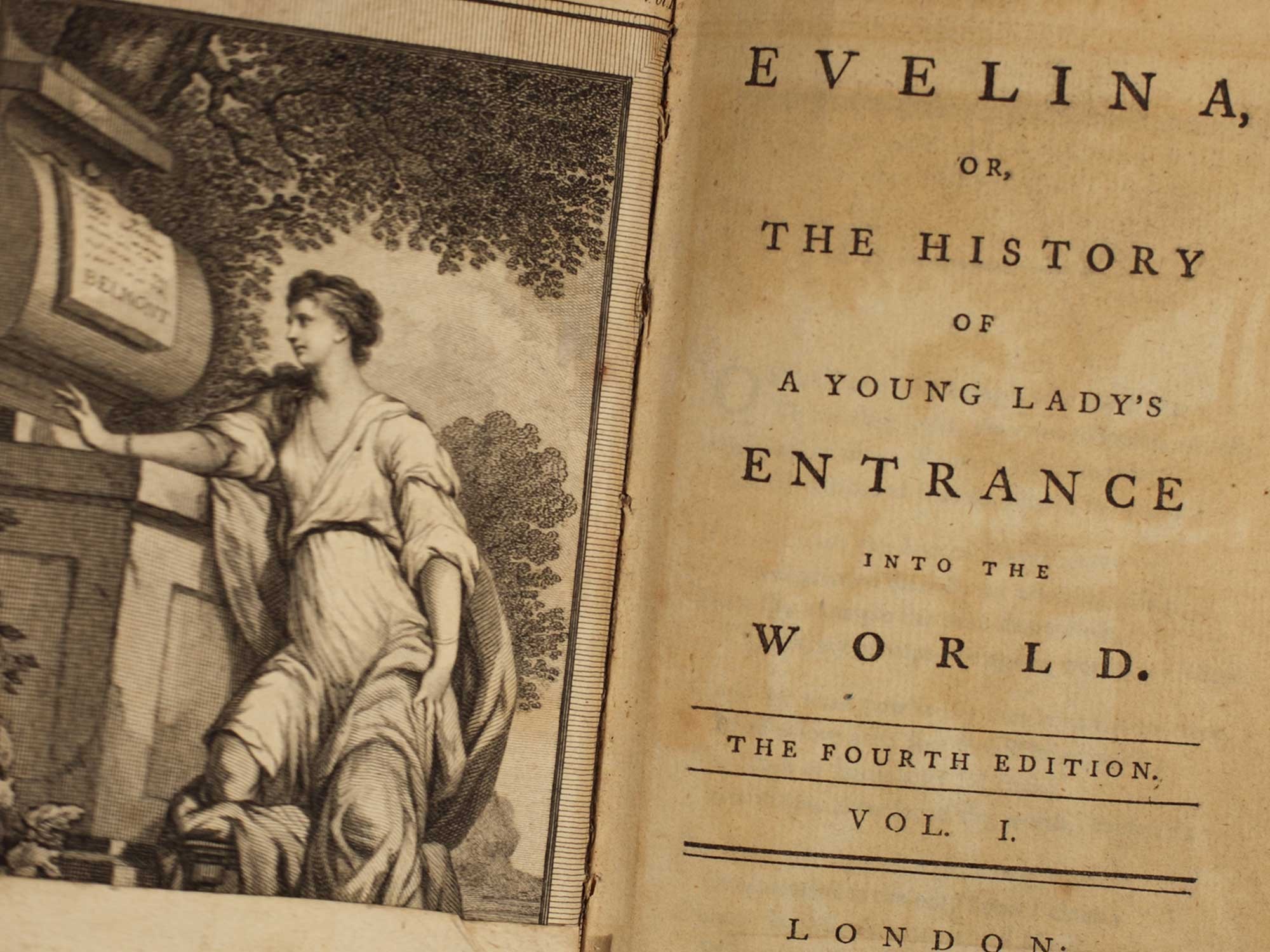
A family of musicians, explorers and writers
They only lived in King’s Lynn for a decade, but the remarkable and multi-talented Burney family left an indelible mark on the town.
In 1751 the young Dr Charles Burney was already a well-known and talented musician, composer and musicologist when he was persuaded, for health reasons, to move to King’s Lynn with his first wife, Esther Sleepe. He took up the post of organist at St. Margaret’s Church for the impressive salary of £100 per year – a huge increase on his previous earnings of £30!
On 13th June the following year, Frances – known to her family as Fanny and after her marriage as Madame d’Arblay – was born as the Burney’s third of their eventual six children. The family lived in Chapel Street and Fanny was baptised at St. Nicholas Chapel. It was on her father’s insistence that the Snetzler organ was installed in St Margaret’s Church at a cost to the Church authorities of £700! Dr Burney also taught music to the daughters of wealthy Lynn merchants.
Other extraordinary members of the Burney family included Fanny’s elder brother, Rear-Admiral James Burney, who joined the navy aged 10 while the family were still living in Lynn, and who accompanied Captain Cook on his second and third voyages – and witnessed the Captain’s death in Hawaii.
Another brother was Rev. Charles Burney, whose collection of books and manuscripts eventually formed the foundation of the British Library. Fanny’s half-sister Sarah Harriet Burney (born in Lynn in 1772) was a novelist, but received significantly less recognition than her more famous sibling.

By 1760, when Fanny was eight years old, her father was restored to good health and he returned the family to London, where her mother died the following year, leaving behind six children. During her time in London Fanny was introduced to the cultural elite, including Dr Samuel Johnson and James Boswell.
Dr Burney married his second wife Elizabeth in 1769. She was the widow of Stephen Allen of Lynn, and they had two further children. Elizabeth Burney disapproved of women writing, and on her insistence Fanny burnt all her writings in the garden of her house, which was located opposite the Minster. Despite this Fanny (now aged 16) began writing a diary recording events from the reign of George III through to the coronation of Queen Victoria in 1838. In this diary she made comments about the Lynn merchant elite, not all of which were flattering!
In 1778 Fanny’s first novel Evelina was published anonymously. When her identity was discovered she became one of the first women to make writing novels respectable. Despite living to the grand old age of 87, Fanny Burney only saw one of her eight plays produced during her lifetime, as women writing for the theatre was strongly discouraged – it wasn’t until 1995 that six of her plays were published for the first time.
Fanny spent five years as the Keeper of the Robes to Queen Charlotte, where she experienced the madness of King George III first-hand, when he chased her through the palace gardens at Kew. Although Fanny grew close to Queen Charlotte and the royal princesses (Lynn Museum has a pocket watch they presented to her), she didn’t enjoy her work and eventually was given permission to leave her post due to ill-health.
Fanny then met the former French soldier General Alexandre-Jean-Baptiste Piochard d’Arblay, and they married less than a year later at the age of 41. Fanny’s father disapproved of her marriage as Alexandre was virtually penniless, and he refused to attend the wedding. The couple’s only child, Alexander, was born in 1794.



Two years later Fanny’s third novel Camilla was published, and the subscription list included a certain Miss J. Austen – who went on to reference the book in her novel Northanger Abbey, the first of her books to be completed for publication.
In 1802 Fanny, Alexandre and Alexander moved across the Channel, but war broke out between Britain and France and the family was trapped there for 10 years.
While there, Fanny was diagnosed with breast cancer and made medical history in 1812 by recording a vividly harrowing account of her mastectomy without anaesthesia:
“When the dreadful steel was plunged into the breast—cutting through veins—arteries—flesh—nerves—I needed no injunctions not to restrain my cries. I began a scream that lasted unintermittingly during the whole time of the incision—and I almost marvel that it rings not in my ears still, so excruciating was the agony.”
The family returned to Britain in 1814, but were back in France by 1815, when Fanny’s husband became involved in the fight against Napoleon. Fanny refused to flee Brussels in 1815 when there were rumours Napoleon had won at the Battle of Waterloo; instead she spent weeks nursing wounded British soldiers from the battlefield.
After the deaths of her husband in 1818 and her son in 1837, Fanny focused on writing her father’s biography and editing the record she’d kept of her own life. The Diary and Letters of Madame d’Arblay were published after her death aged 87 in 1840 and Fanny was buried with her husband and son in Walcot cemetery, Bath.
Where to discover the Burney family in King’s Lynn today...
- On display in King's Lynn Museum is the pocket watch (pictured above) presented to Fanny Burney by Queen Charlotte and the royal princesses
- The Snetzler organ commissioned by Dr Charles Burney remains in the Minster today, and many of its original stops are still in use
- James Burney’s naval career is commemorated on the ornamental compass on the quay on the north side of the Purfleet (opposite Bank House)
